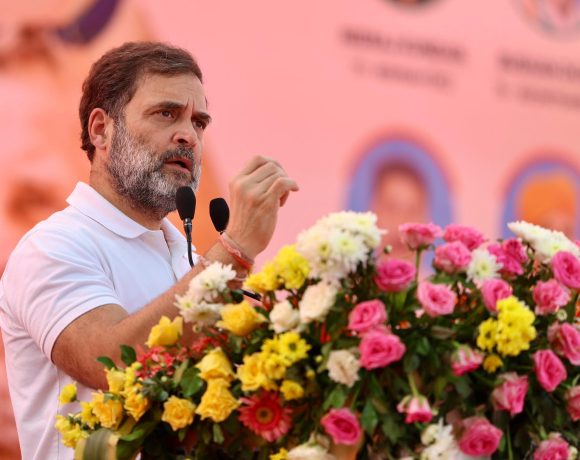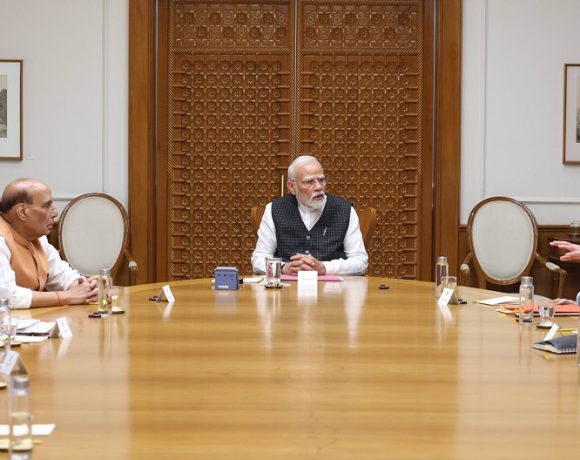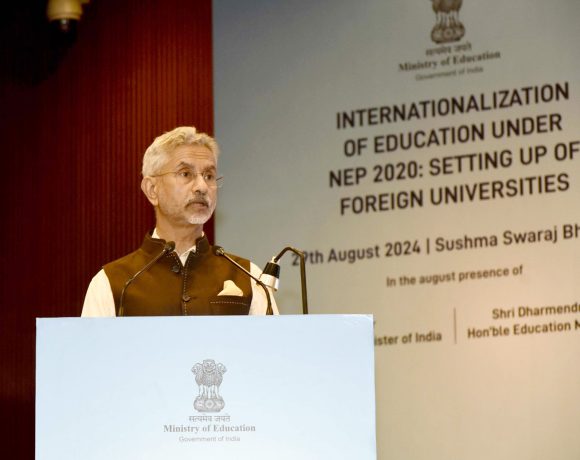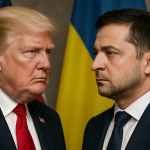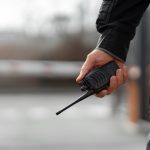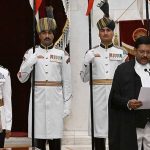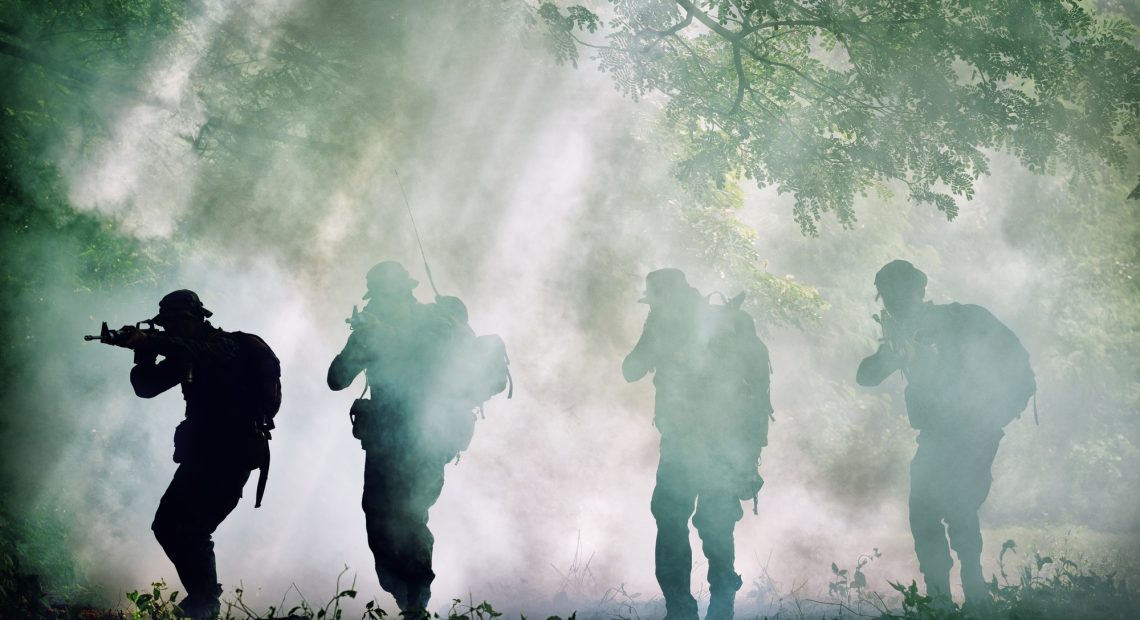
India Boosts Special Forces for High-End Covert Warfare Operations
India is undertaking a significant overhaul of its special forces, equipping elite units with advanced technology and intensifying training to strengthen capabilities in covert and high-intensity operations. The move is aimed at preparing the armed forces for modern challenges ranging from cross-border strikes and counter-terror missions to strategic intelligence gathering deep inside hostile territory.
India Special Forces
The modernization program involves the induction of cutting-edge surveillance and combat equipment tailored for stealth missions. These include loitering munitions, nano drones, and surveillance copters equipped with forward-looking infrared (FLIR) sensors, extending visual capabilities up to 10 kilometers in complex terrains. In addition, elite troops are now armed with a global mix of weaponry—Finnish Sako sniper rifles, American M4A1 carbines, Israeli TAR-21 Tavor rifles, Swedish Carl Gustaf rocket launchers, and Russian VSS suppressed sniper rifles.
Special insertion tools such as combat free-fall parachute systems and advanced diving kits are also being added to the arsenal. Maritime commandos like the MARCOS are receiving tactical gear including midget submarines, underwater scooters, and remotely operated explosive disposal vehicles to support silent underwater operations. Tactical inflatable boats are also part of the gear upgrades for rapid deployment along coastal and riverine areas.
Covert Operations
Alongside hardware improvements, training regimens have become more intense. India’s special forces are known for having some of the toughest selection and training programs in the world, with dropout rates ranging from 70% to 80%. Operators are trained in surgical strikes, hostage rescue, covert infiltration, urban warfare, and intelligence extraction in hostile environments. Advanced simulators and VR/AR mission planning tools are now being used to create realistic training conditions. The Army’s new vertical wind tunnel in Himachal Pradesh is further enhancing combat free-fall capabilities.
Military Technology and Joint Ops
To improve synergy across branches, India is increasing coordination among the Army’s Para SF, Navy’s MARCOS, and Air Force’s Garud units through initiatives like the Armed Forces Special Operations Division (AFSOD). Though a unified Special Operations Command has not yet been established, current joint efforts are a step toward building an integrated, tri-service response capability for critical missions.
This transformation signals India’s clear intent to build agile, tech-enabled special operations forces capable of operating seamlessly across land, sea, and air. The focus on stealth, speed, and precision reflects a strategic shift towards preparing for tomorrow’s asymmetric and covert warfare challenges.


